Rising Demand for Genomic Research
The increasing demand for genomic research is a primary driver of the Next Generation Sequencing Informatics Market. As researchers and healthcare professionals seek to understand genetic variations and their implications for diseases, the need for advanced sequencing technologies has surged. The market for genomic research is projected to reach approximately 25 billion USD by 2026, indicating a robust growth trajectory. This demand is fueled by the need for more precise diagnostic tools and targeted therapies, which are becoming essential in modern medicine. Consequently, the Next Generation Sequencing Informatics Market is witnessing a parallel rise in the development of informatics solutions that can handle the vast amounts of data generated by sequencing technologies.
Increased Investment in Biotechnology
Increased investment in biotechnology is propelling the Next Generation Sequencing Informatics Market forward. Governments and private entities are allocating substantial funds to support research and development in biotechnology, particularly in genomics and personalized medicine. For example, funding for genomics research has seen a significant uptick, with investments reaching over 10 billion USD in recent years. This influx of capital is fostering innovation and the development of new informatics tools that can analyze and interpret complex genomic data. As a result, the Next Generation Sequencing Informatics Market is positioned to benefit from these investments, leading to enhanced capabilities and broader applications in various fields, including healthcare and agriculture.
Technological Advancements in Sequencing
Technological advancements in sequencing technologies are significantly influencing the Next Generation Sequencing Informatics Market. Innovations such as improved sequencing accuracy, reduced costs, and faster turnaround times are making these technologies more accessible to a broader range of users. For instance, the cost of sequencing a human genome has decreased dramatically, from over 100 million USD a decade ago to less than 1,000 USD today. This reduction in cost is likely to expand the market, as more institutions can invest in sequencing capabilities. Furthermore, the integration of cloud computing and machine learning in data analysis is enhancing the efficiency of informatics solutions, thereby driving growth in the Next Generation Sequencing Informatics Market.
Regulatory Support for Genomic Technologies
Regulatory support for genomic technologies is emerging as a vital driver of the Next Generation Sequencing Informatics Market. Governments and regulatory bodies are increasingly recognizing the importance of genomics in healthcare and are establishing frameworks to facilitate the adoption of sequencing technologies. This support includes streamlined approval processes for genomic tests and incentives for research and development. As a result, the market is witnessing a favorable environment for innovation and growth. The regulatory landscape is expected to evolve further, potentially leading to increased market penetration of next generation sequencing solutions. This supportive regulatory framework is likely to enhance the capabilities of the Next Generation Sequencing Informatics Market, fostering advancements in both technology and application.
Growing Applications in Clinical Diagnostics
The growing applications of next generation sequencing in clinical diagnostics are a crucial driver for the Next Generation Sequencing Informatics Market. As healthcare systems increasingly adopt genomic testing for disease diagnosis and treatment planning, the demand for informatics solutions that can efficiently process and analyze sequencing data is rising. The market for clinical diagnostics utilizing genomic data is expected to grow significantly, with estimates suggesting it could reach 15 billion USD by 2025. This trend indicates a shift towards more personalized healthcare approaches, where treatments are tailored based on individual genetic profiles. Consequently, the Next Generation Sequencing Informatics Market is likely to expand as healthcare providers seek advanced informatics tools to support these applications.


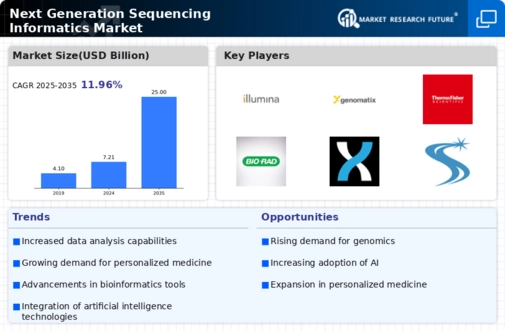
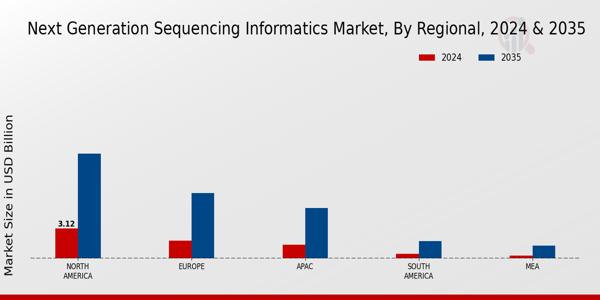
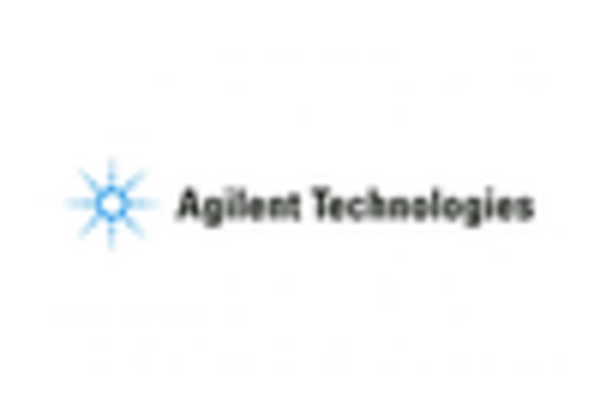
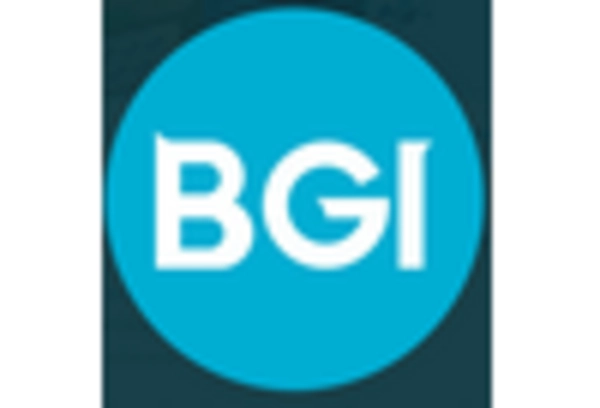
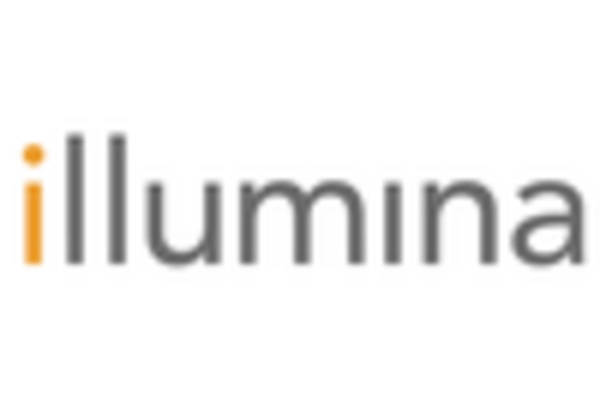
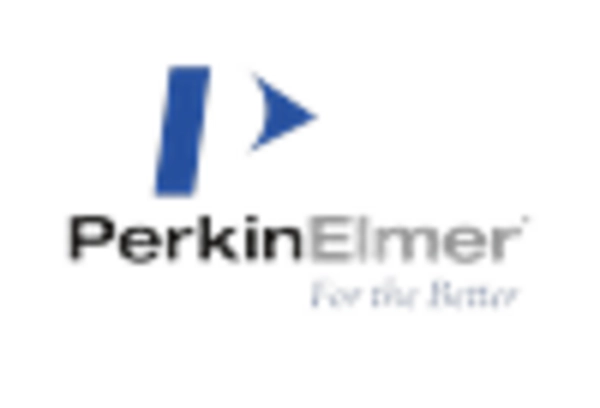
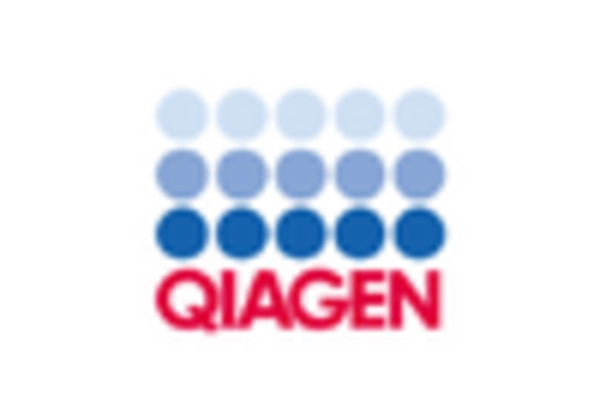
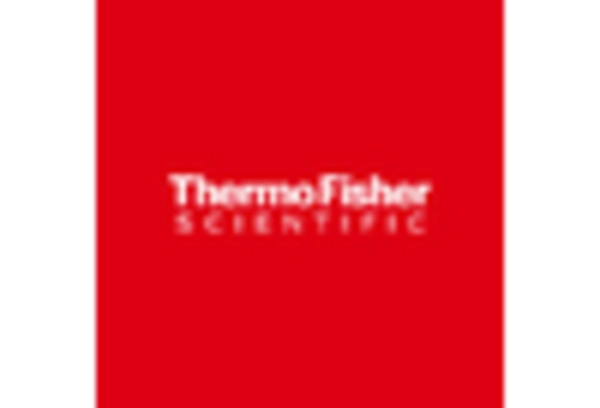








Leave a Comment